“Karachi’s vibrant landscape is defined by its diverse jurisdictions, among which KMC/DMC Korangi stands out. This article offers a comprehensive exploration of this bustling region within the metropolis. From its geographic expanse across Karachi to its unique demographic and socio-economic fabric, we delve into the key infrastructure developments that shape its identity. Furthermore, we analyze challenges and opportunities, providing insights crucial for guiding future growth in this dynamic segment of Pakistan’s economic hub.”
- Geographic Overview of KMC/DMC Korangi Jurisdiction in Karachi
- Demographic and Socio-Economic Profile of the Region
- Key Infrastructure and Development Initiatives
- Challenges and Opportunities for Future Growth
Geographic Overview of KMC/DMC Korangi Jurisdiction in Karachi
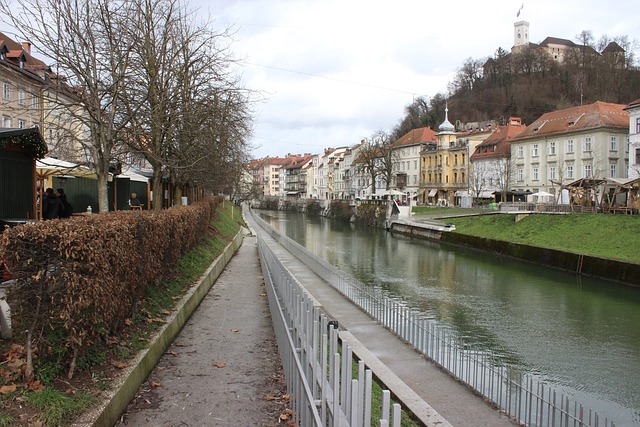
Karachi, Pakistan’s economic powerhouse and bustling metropolis, is home to a complex urban landscape. Within this vibrant city lies the KMC/DMC Korangi jurisdiction—a specific area that demands attention for its unique geographic and administrative characteristics. This section provides a concise overview of the region’s location within Karachi.
Geographically, KMC/DMC Korangi is situated in the southern part of Karachi, along the Arabian Sea coast. It borders other important districts like Clifton and Saddar to the north, and the Pakistan-India border to the south, marking its strategic significance. The jurisdiction encompasses a diverse mix of residential areas, industrial hubs, and commercial centers, reflecting the city’s dynamic nature. With its close proximity to major ports, it plays a vital role in Karachi’s bustling maritime trade.
Demographic and Socio-Economic Profile of the Region
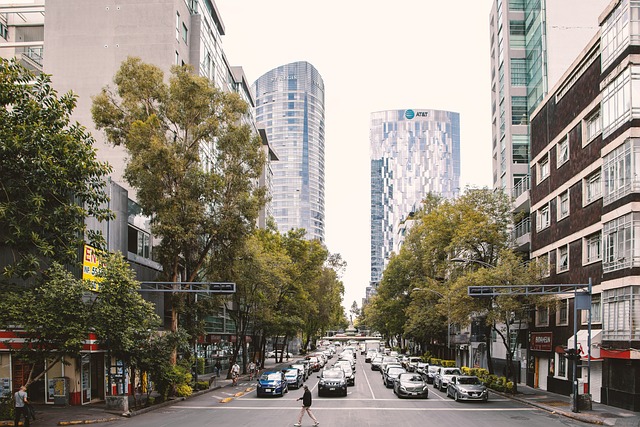
The KMC/DMC Korangi jurisdiction, a vibrant part of Karachi, showcases a diverse demographic and socio-economic landscape. This region is home to a mix of traditional neighborhoods and modern urban developments, reflecting the city’s dynamic growth. With a population that cuts across various age groups and ethnic backgrounds, Korangi stands as a microcosm of Karachi’s cultural richness. The area boasts a significant proportion of young individuals, many of whom are part of a burgeoning middle class, contributing to the region’s energy and entrepreneurial spirit.
Economically, KMC/DMC Korangi is characterized by a blend of industrial, commercial, and residential activities. A substantial portion of the population is employed in the manufacturing and services sectors, with various industries ranging from textiles to information technology setting up base here. The presence of educational institutions and healthcare facilities further strengthens the region’s socio-economic fabric. These factors collectively contribute to Korangi’s status as a vital hub within Karachi, continuously evolving and shaping the city’s urban landscape.
Key Infrastructure and Development Initiatives
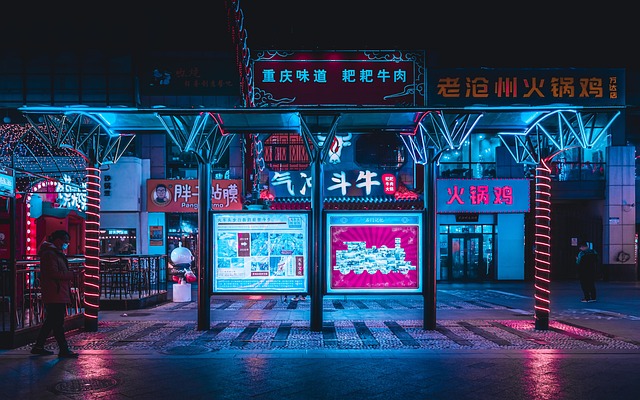
Karachi, Pakistan’s vibrant metropolis, witnesses continuous transformation driven by strategic infrastructure and development initiatives within its KMC/DMC Korangi jurisdiction. The region is experiencing significant growth, with modern amenities and enhanced connectivity taking center stage. One notable focus is the improvement of transportation networks, including the expansion of roads and the introduction of efficient public transport systems, making navigation through this bustling urban landscape seamless for residents and visitors alike.
Additionally, the Korangi area boasts several landmark development projects, such as state-of-the-art commercial hubs, residential complexes, and recreational spaces. These initiatives not only cater to the growing population’s needs but also contribute to Karachi’s reputation as a dynamic economic hub. The strategic planning involves integrating modern infrastructure with ecological considerations, ensuring sustainable progress for this vibrant city within its diverse KMC/DMC Korangi jurisdiction.
Challenges and Opportunities for Future Growth
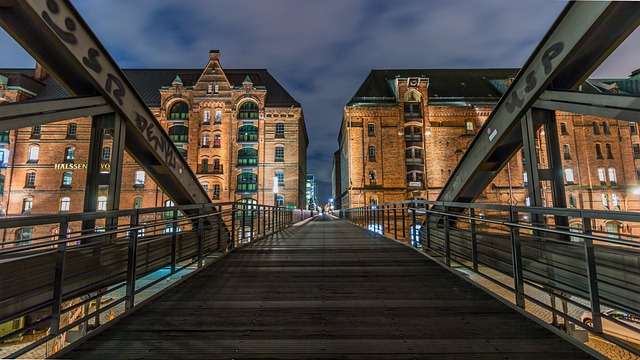
The KMC/DMC Korangi jurisdiction in Karachi presents a unique blend of challenges and opportunities for future growth. One of the primary hurdles is the rapid urbanization that has led to inadequate infrastructure, particularly in terms of transportation networks and public services. The dense population density exerts pressure on existing facilities, making it crucial to invest in smart urban planning and development to cater to the growing needs of residents.
On the other hand, Karachi’s vibrant economy and strategic location offer immense potential for growth. The city serves as a major commercial hub, attracting businesses from various sectors, including manufacturing, services, and trade. Leveraging this economic momentum, KMC/DMC Korangi can foster innovation by promoting tech startups, encouraging foreign investments, and developing specialized industrial zones. By addressing infrastructure gaps and harnessing the entrepreneurial spirit, this jurisdiction can position itself as a model for sustainable urban development in Karachi.
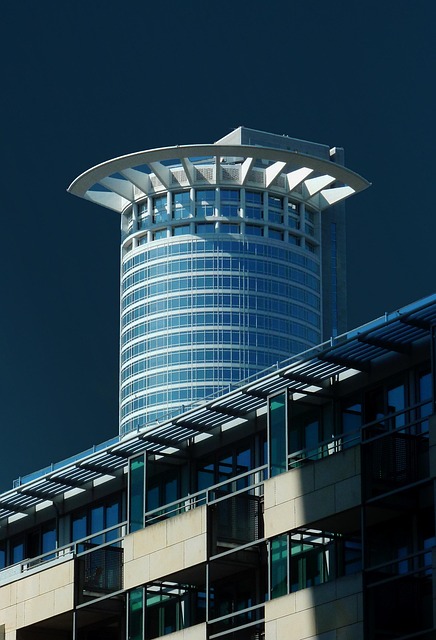
Leave a Reply